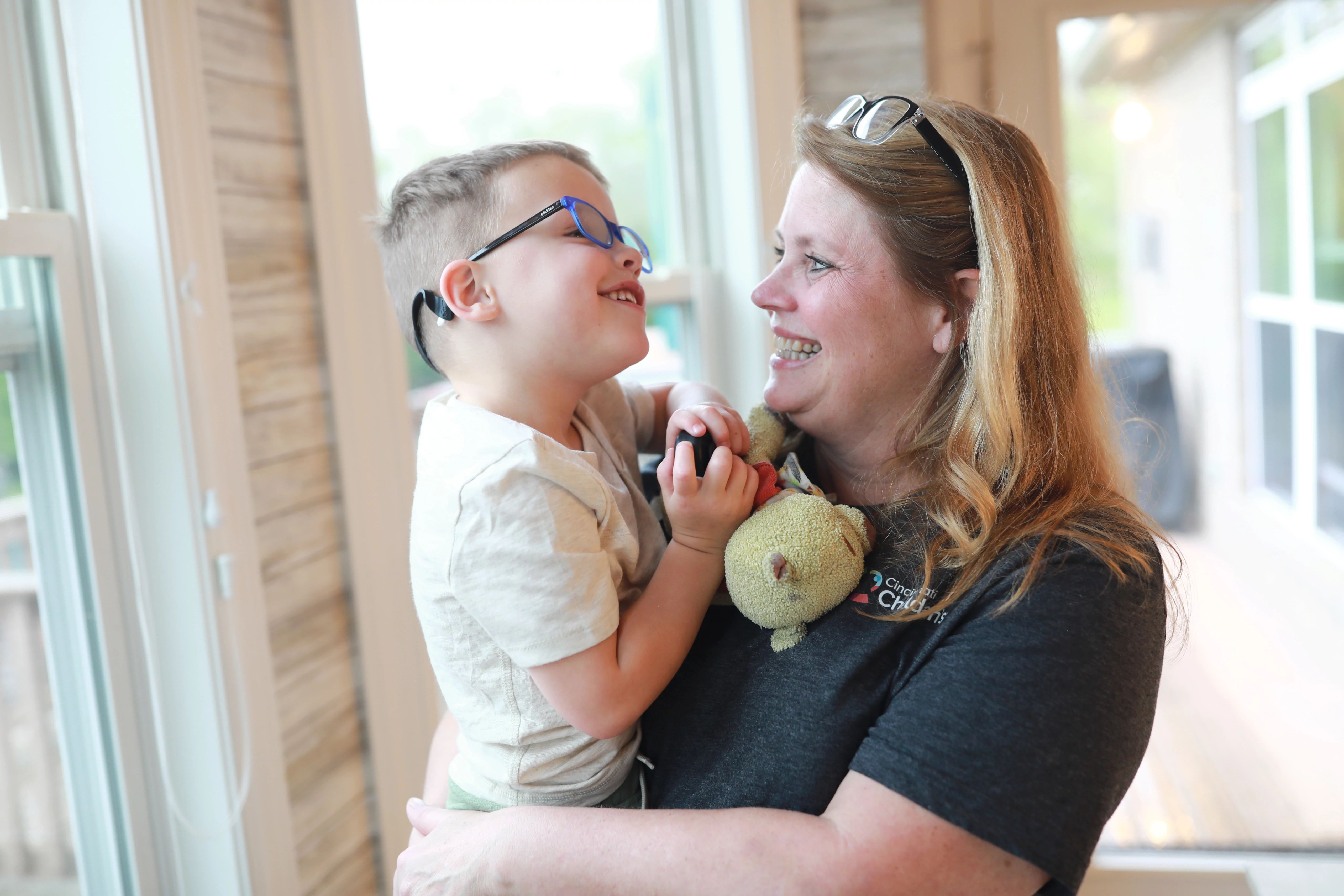Multidisciplinary Care for Children with Bleeding and Clotting Disorders
If your child has been diagnosed with a condition like hemophilia, von Willebrand disease or thrombosis, they need specialized care from an experienced team. You can find that care at the Hemostasis and Thrombosis Center. From education on managing conditions and advanced diagnostics to social work and financial assistance, our care team takes a holistic approach to understanding each patient’s needs and finding ways to address those needs throughout their care journey.
Our team works together to improve quality of life and long-term care for children with bleeding and clotting disorders using a comprehensive approach.
Multidisciplinary Team of Pediatric Experts
Our robust team of physicians includes pediatric hematologists, pediatric interventional radiologists and others who collaborate to provide personalized care for your child.
Specialty Coagulation Lab
Our Hemostasis and Thrombosis Lab offers extensive testing for bleeding disorders, including tests that are not widely available elsewhere. This means we can diagnose and treat children with bleeding and clotting disorders in-house with high-quality test results and faster turnaround times.
Genetic Counseling and Testing
Genetic testing plays an important role in diagnosing conditions like hemophilia. Cincinnati Children’s Genetics and Genomics Diagnostic Laboratory offers specialized services to recommend, perform and interpret genetic tests.
Dedicated Physical Therapists
Patients have access to physical therapists specialized in treating children with hemophilia and thrombosis. This includes garment fittings for thrombosis patients and therapy for ongoing hemophilia needs.
Breakthrough Research
The Hemostasis and Thrombosis Center conducts multiple clinical trials to research and find new treatments for bleeding and clotting disorders. Patients can participate in clinical trials and benefit from this leading-edge research.
Hemophilia Comprehensive Clinic
Patients receive coordinated care for hemophilia and other severe bleeding disorders at our weekly hemophilia clinics. These clinics are designed so children can see multiple providers in one visit, meaning better outcomes for your child with fewer trips to the hospital.
Education and Guidance
We also provide extensive education and support to help patients learn how to manage their condition from diagnosis through continuing care.





